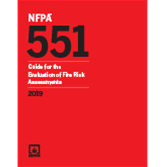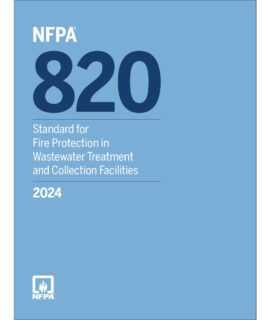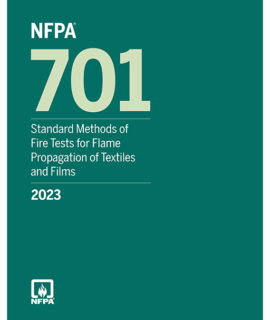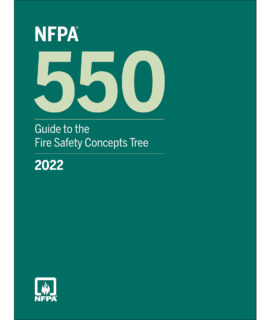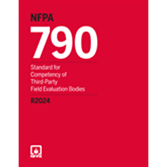551: Guide for the Evaluation of Fire Risk Assessments
$204.15
NFPA 551 helps users evaluate the appropriateness and execution of a fire risk assessment for a fire safety problem.
Professionals who review or conduct fire risk assessments — AHJs, insurance professionals, and building owners — rely on NFPA 551, Guide for the Evaluation of Fire Risk Assessments to spell out the various types of fire risk assessment methods and describe the properties these methods should possess.
Understand the basis for fire assessments and learn how to confidently:
- Apply risk-informed decision making for fire safety
- Select fire scenarios, identify representative challenging scenarios, and group such scenarios into clusters for the purposes of conducting more effective consequence analysis
- Develop appropriate documentation to accompany a fire risk assessment
- Evaluate qualifications of those conducting a fire risk assessment
Comprehensive coverage includes:
- Guidance on how to address uncertainty when conducting a fire risk assessment
- Factors to consider when conducting or reviewing a fire risk assessment
- Guidance on how to address the changing effectiveness of fire protection equipment, features, programs, and procedures
- Discussion on the role of qualitative, semiquantitative likelihood, semiquantitative consequence, and quantitative methods in a fire risk assessment
- Discussion on cost-benefit analysis
- Details about proper documentation and elements of a fire risk assessment
- Guidance on applying risk-informed decision making for various fire safety goals including the preservation of heritage resources
- Updated Annex B, with explanatory material and references to additional guidance in other documents
NFPA 551 also covers the purpose and importance of using an operations and maintenance manual in conducting a fire risk assessment, and the importance of using checklists that address both likelihood and consequence.
Item #: 551
You might also be interested in:
Categories
- Firehall Mall
- First Alert Smoke & Carbon Monoxide Alarms
- Coming Soon – Pre-Order
- ATS Online Training
- NFPA Standards & Fire Codes
- Ontario Codes
- Fire Safety & Public Education Materials
- Fire Service & Rescue
- Fire Investigator
- Fire Inspection & Code Enforcement
- Apparatus Driver/Operator
- Fire Protection/Systems & Apparatus
- Vehicle Extrication/Highway Safety
- Hazardous Materials
- Industrial / Facility
- Building & Life Safety
- Fitness / Wellness / Health & Safety
- Wildland
- Management / Leadership / Advancement
- Firefighter Entry Level
- Emergency Medical Service
- Emergency Management/Terrorism
- Firefighting Novels/History/Memoirs
- Deals & Steals

